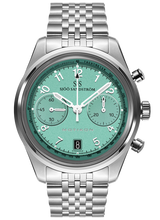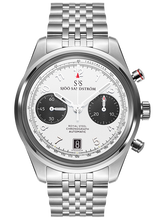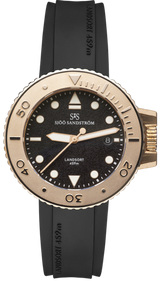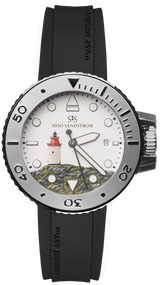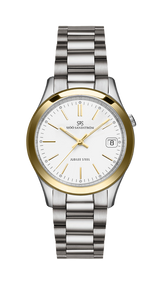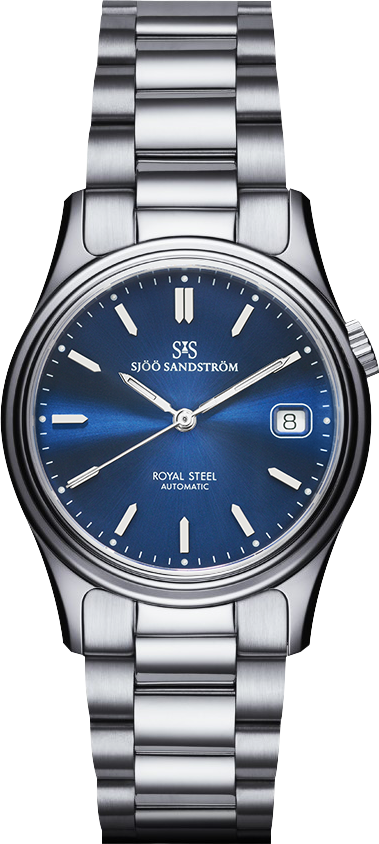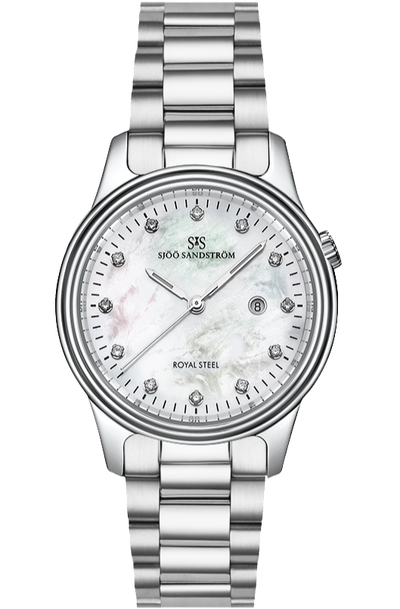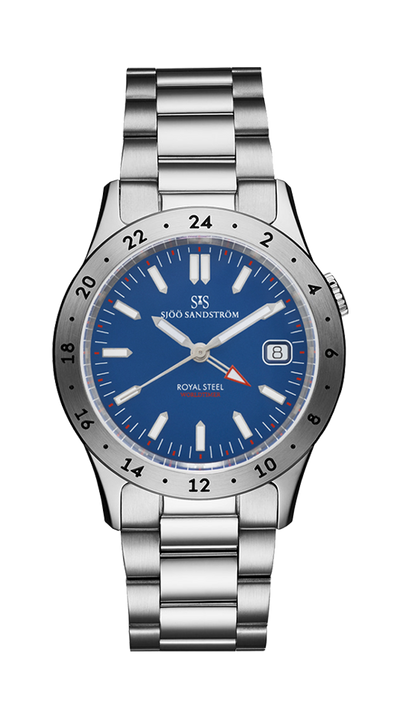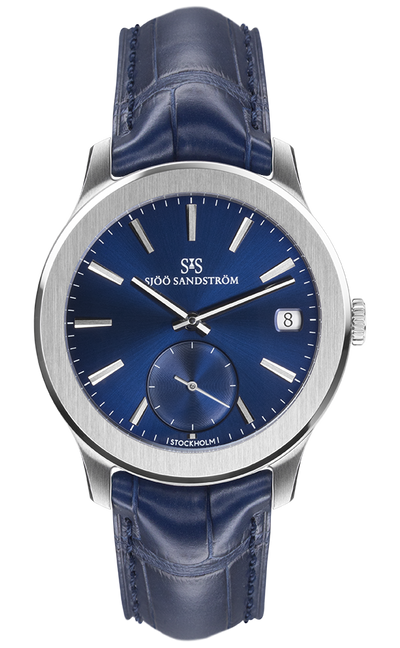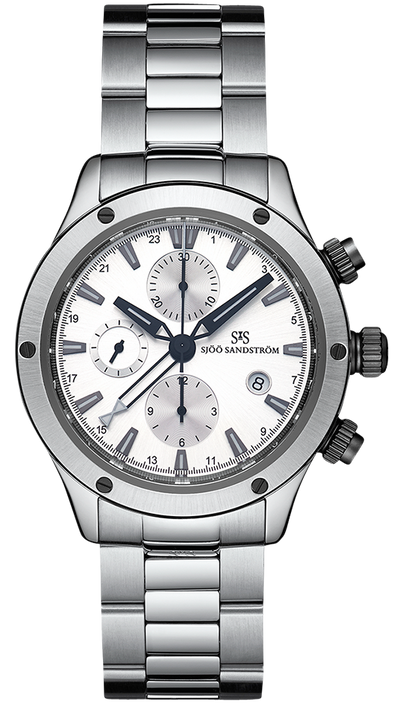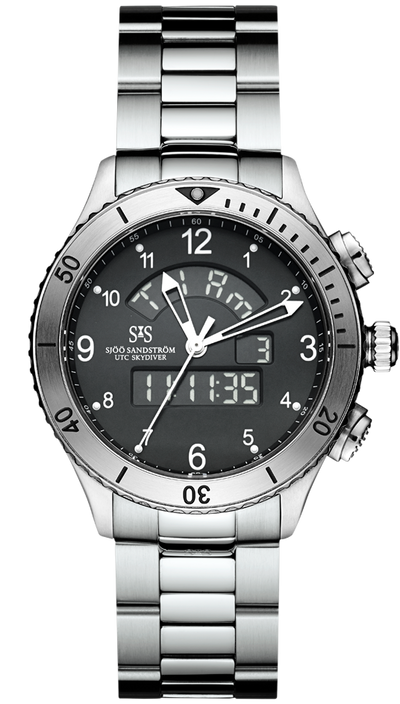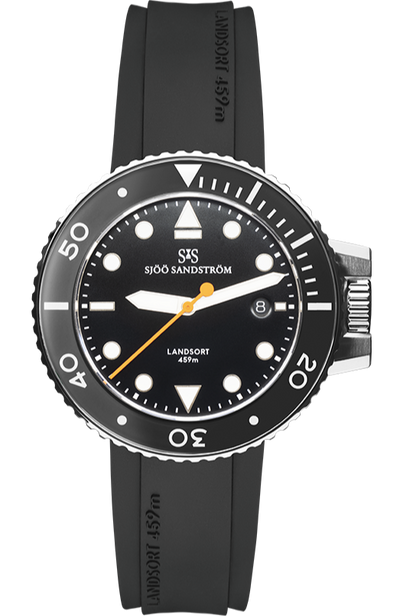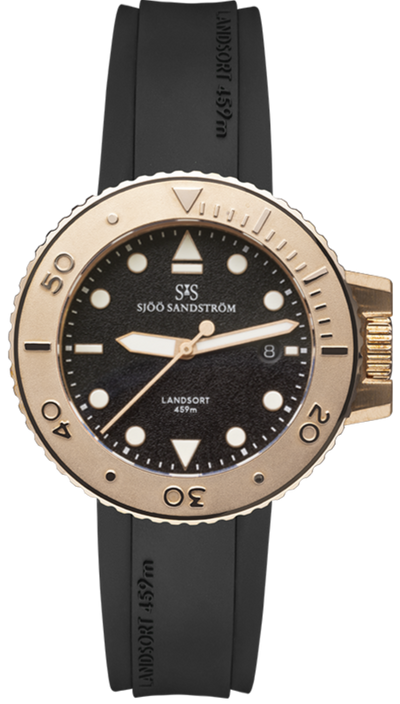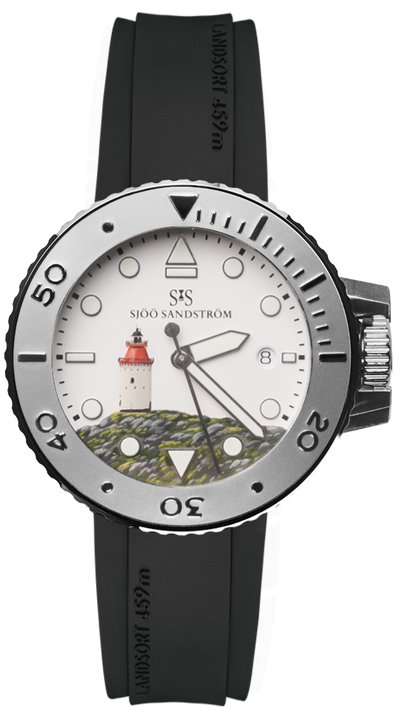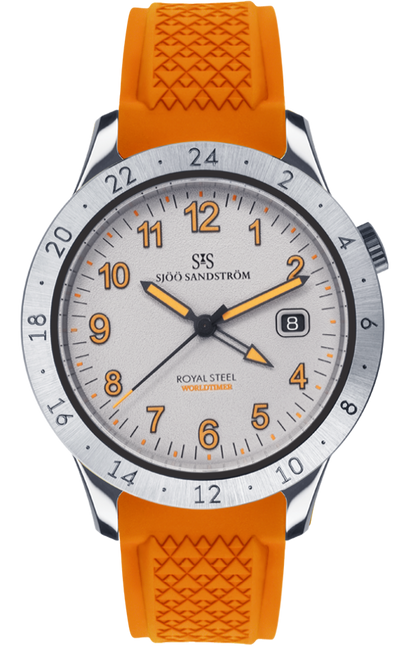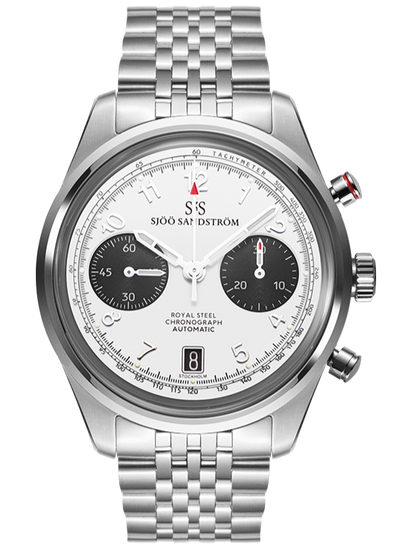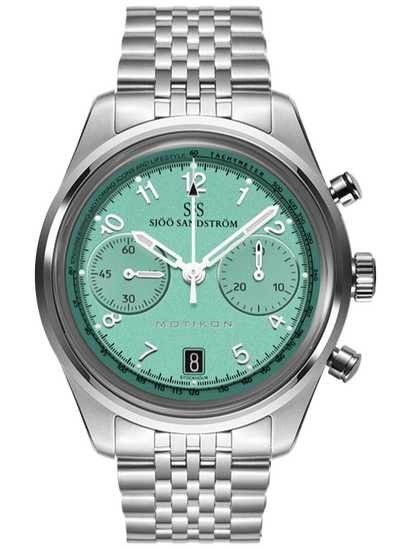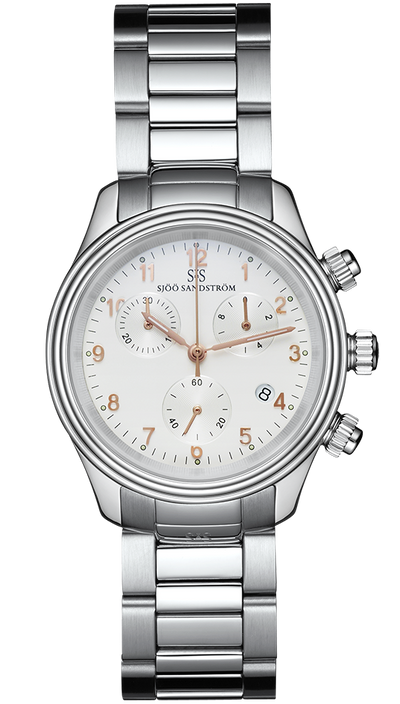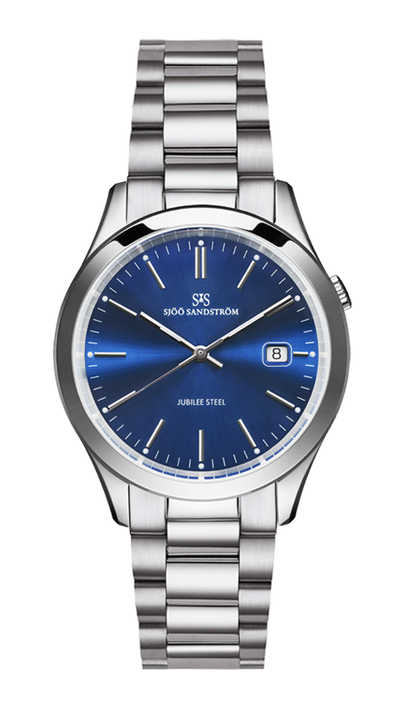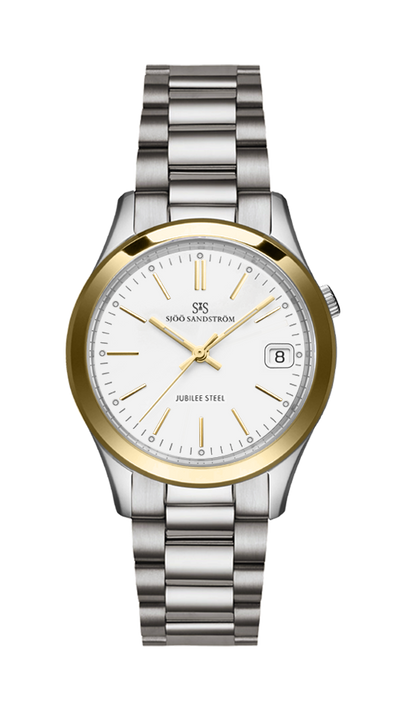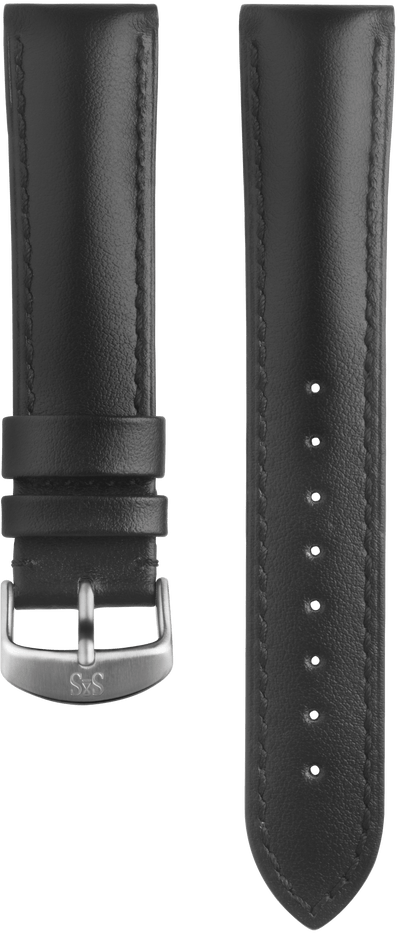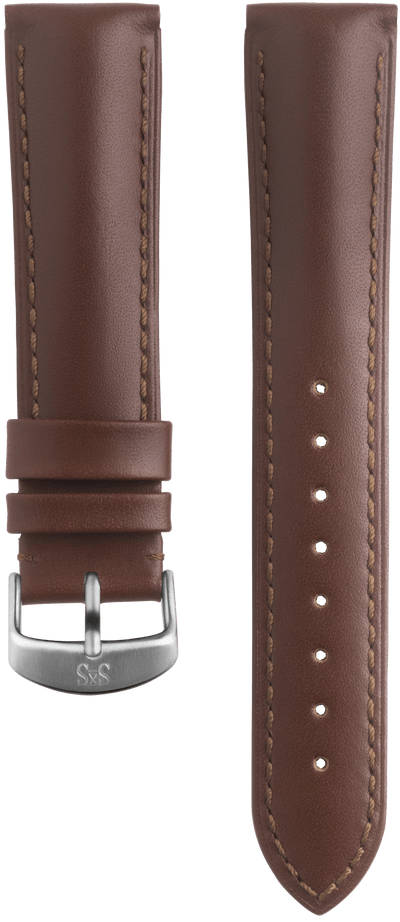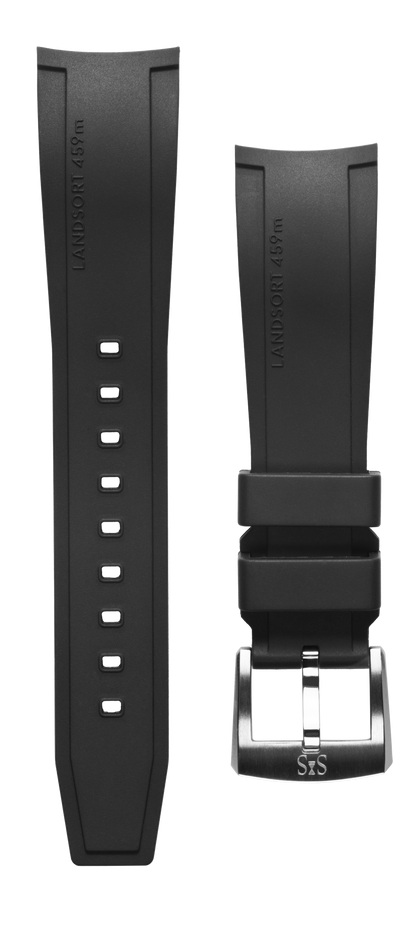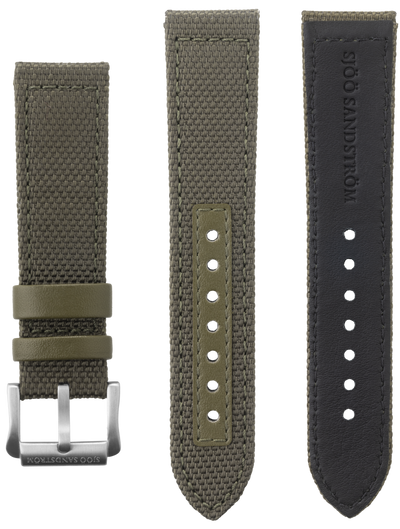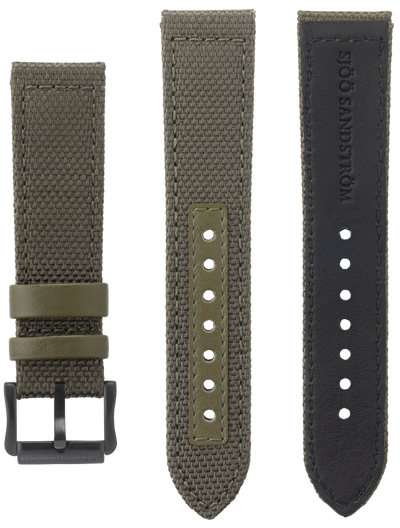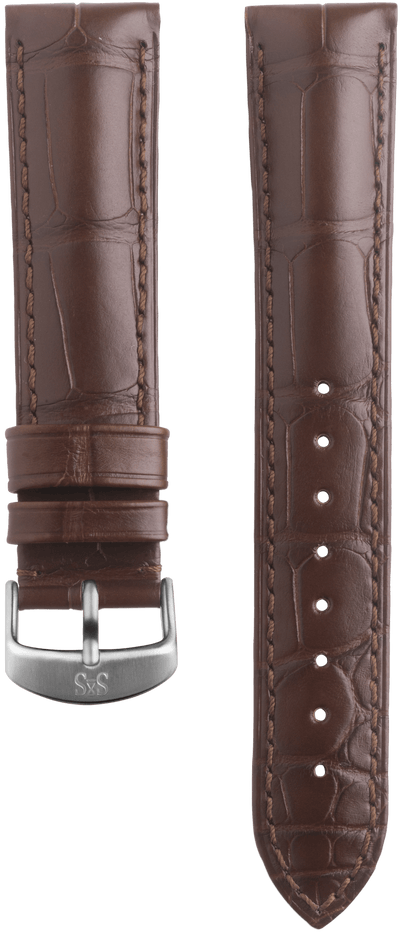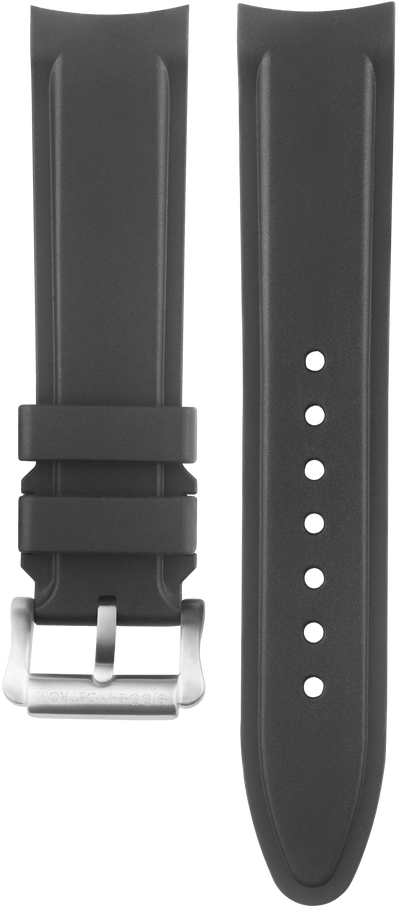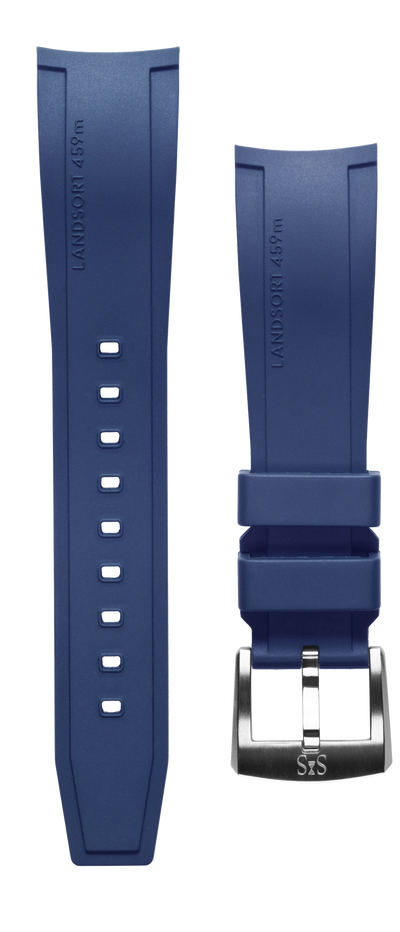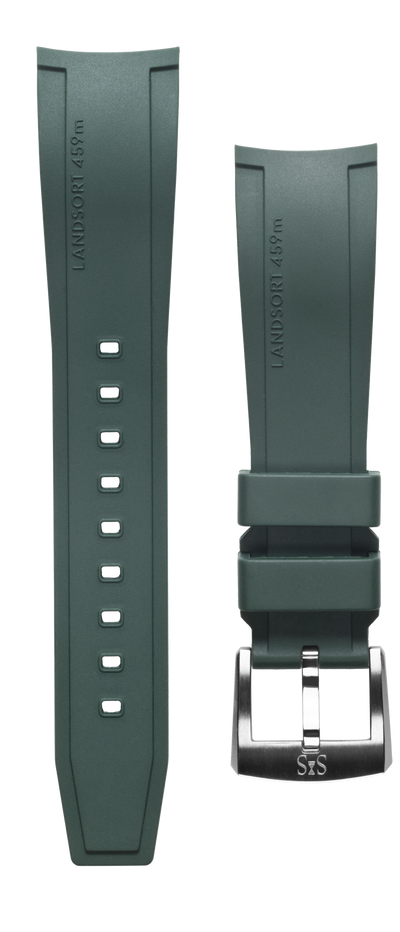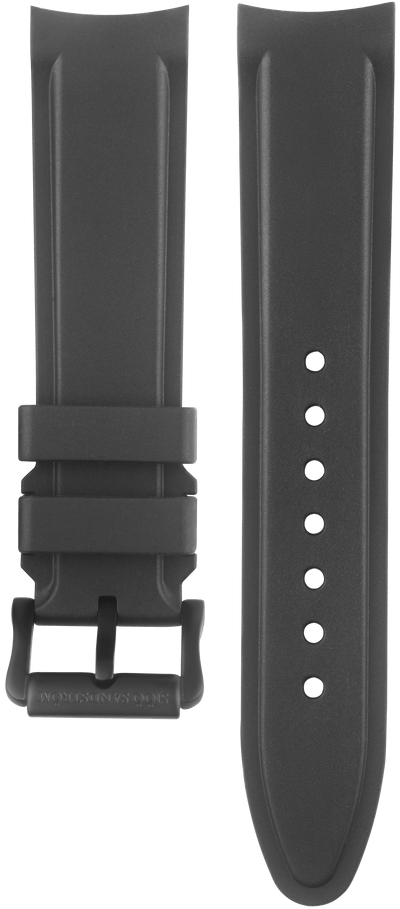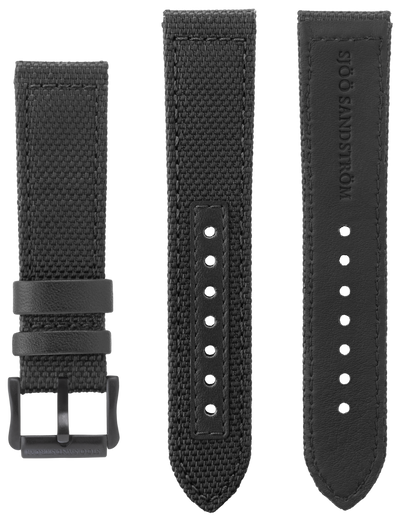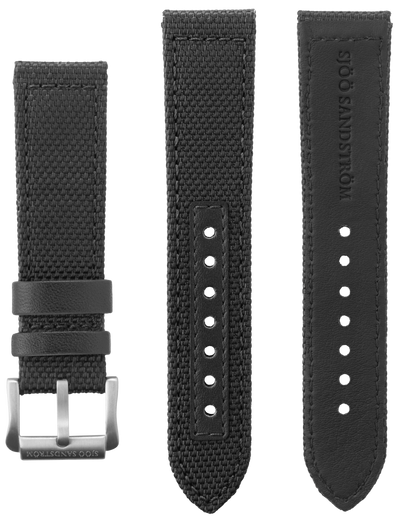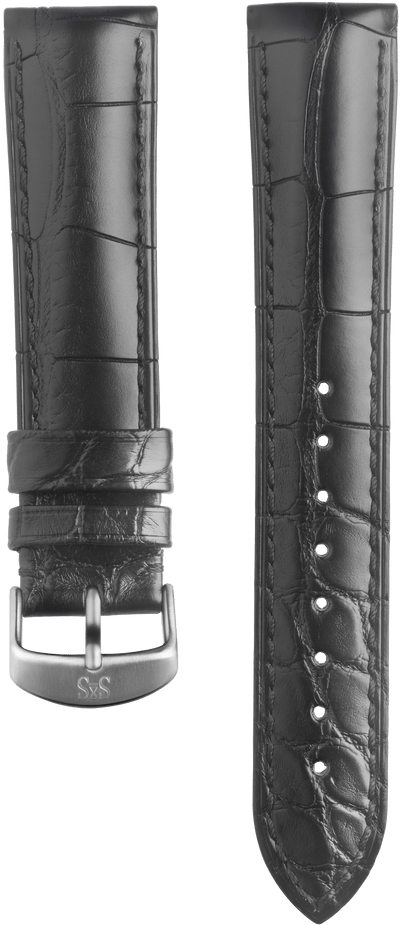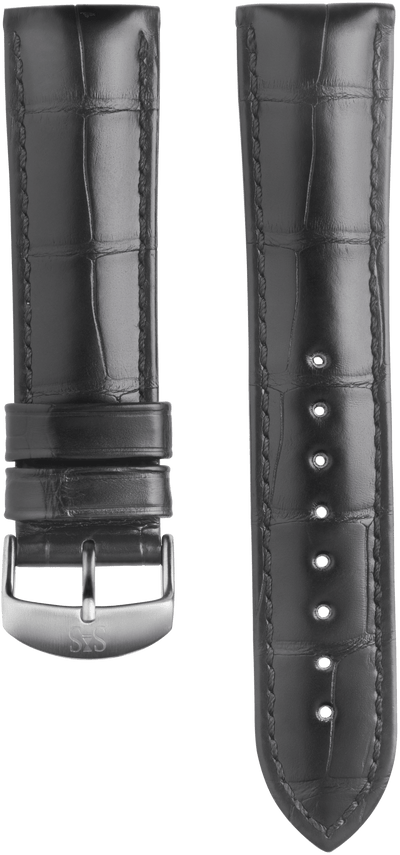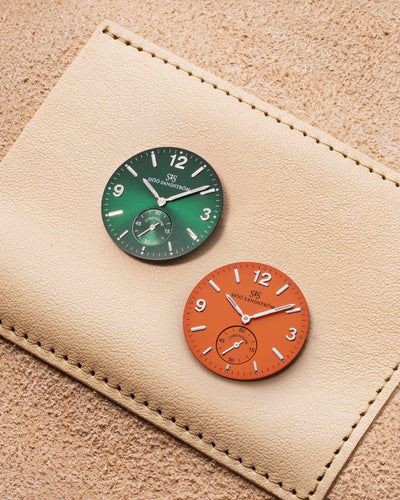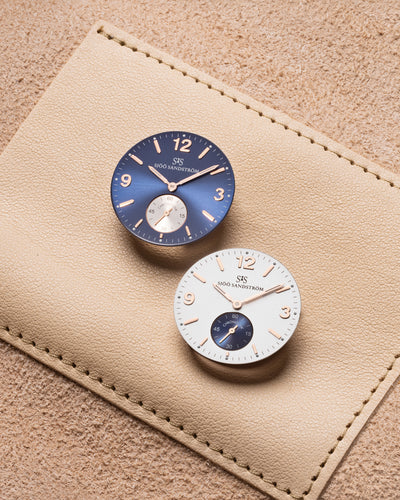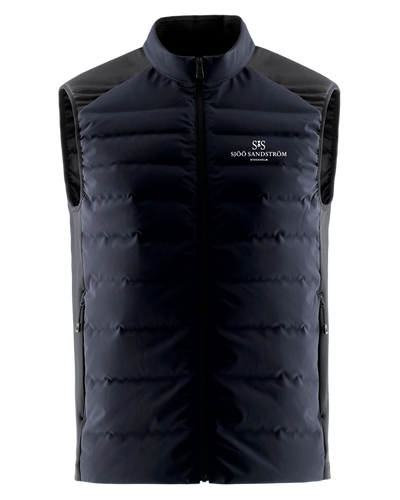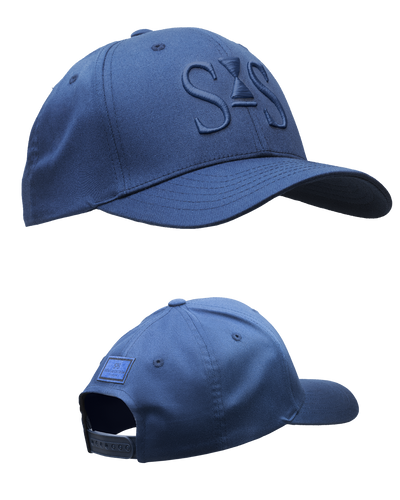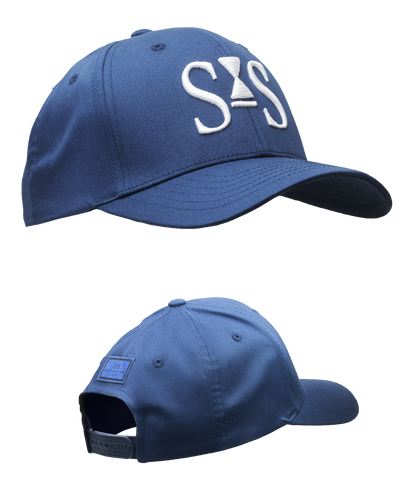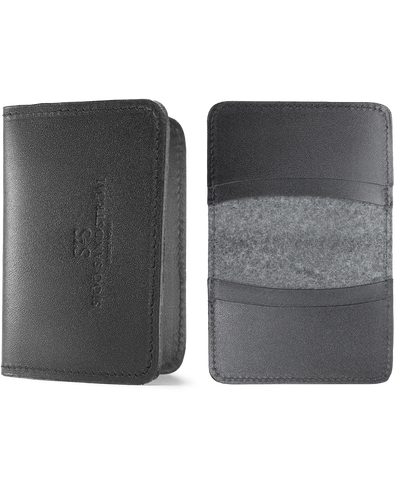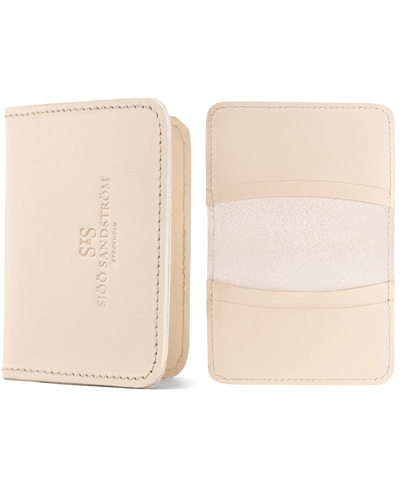Birth of a timepiece
Design and development
A Sjöö Sandström watch consists of several hundred tiny parts. Some are sculpted or stamped from a block of metal, some are abraded and yet others are laser-cut. After each part is given its initial form, it undergoes numerous steps of refinement. Teeth are shaped in wheels, contours are shaved to within a micron, holes are drilled, etc.
Before assembling the timepiece, every single part is subjected to a thorough technical and aesthetic inspection. For example, any hand that appears to be parallel to the dial but is actually bent by a few hundredths of a millimeter, is immediately removed and exchanged.
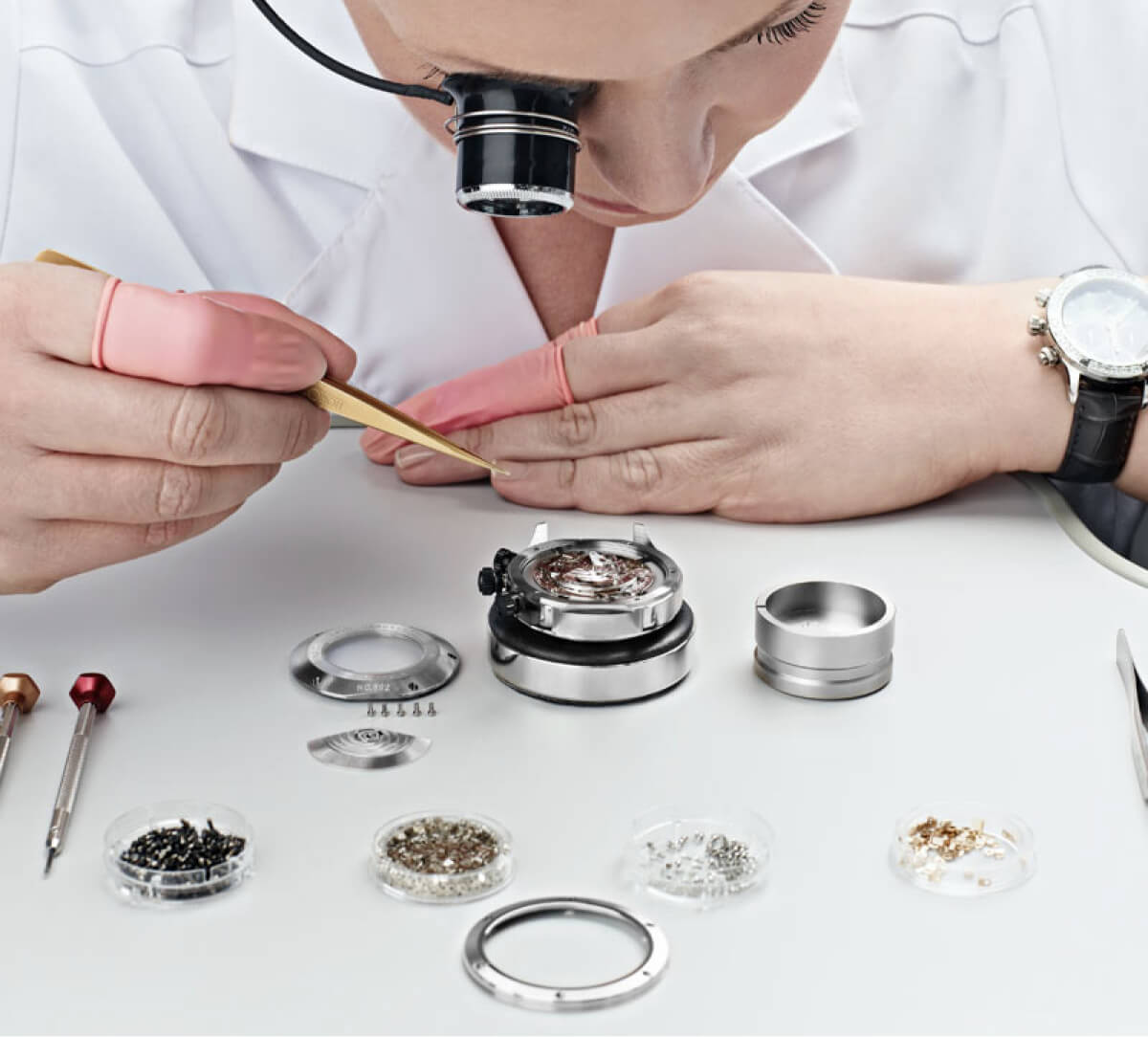
Testing
All Sjöö Sandström watches are carefully tested before being signed off for mounting. Not only the rate accuracy, but also the amplitude and beat errors are calculated and analyzed using state-of-the-art instruments. Only once all functional parts within the watch have been inspected, cleaned, calibrated, tested, analyzed, inspected again, re-calibrated, and mounted in a new watchcase, the rate accuracy deviation will have been brought down to a minimum.
The movements are decorated with the famous Côtes de Genève insignia and polished screw heads. They are then being crowned with an engraved, gold-plated Sjöö Sandström logotype. After final adjustments, the movement is assembled in a unique steel case. Each timepiece from Sjöö Sandström is given an engraved number that provides the watch with a unique identification.All Sjöö Sandström watches are carefully tested before being signed off for mounting. Not only the rate accuracy, but also the amplitude and beat errors are calculated and analyzed using state-of-the-art instruments. Only once all functional parts within the watch have been inspected, cleaned, calibrated, tested, analyzed, inspected again, re-calibrated, and mounted in a new watchcase, the rate accuracy deviation will have been brought down to a minimum.
The movements are decorated with the famous Côtes de Genève insignia and polished screw heads. They are then being crowned with an engraved, gold-plated Sjöö Sandström logotype. After final adjustments, the movement is assembled in a unique steel case. Each timepiece from Sjöö Sandström is given an engraved number that provides the watch with a unique identification.
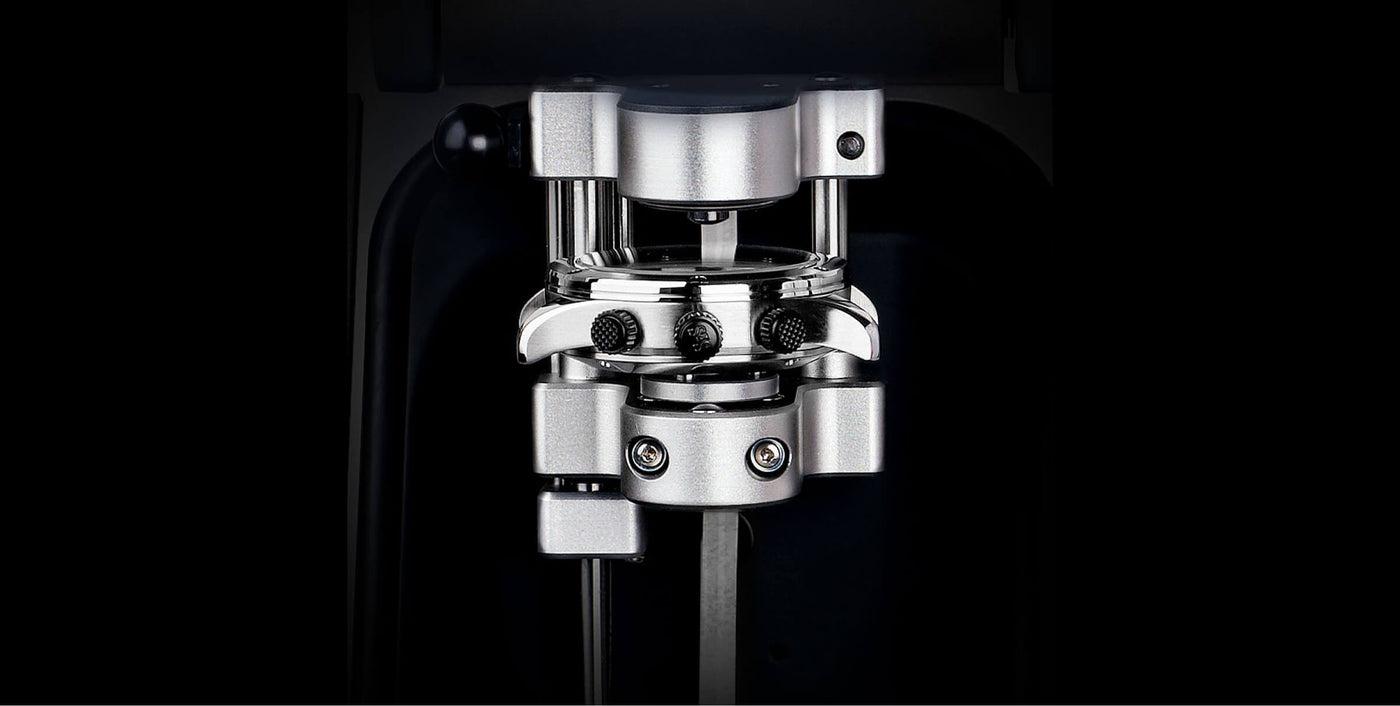
Assembling the watch
When mounting the dial and hands of the watch or inserting the movement, all steps are checked individually before starting the next.
In some Sjöö Sandström models, the movement is visible through an open case-back, in others it is hidden. When it is hidden from view, we make a point out of decorating the movement to the same degree of perfection as when visible. The timepiece begins to emerge when the dial and hand are mounted in the case and positioned behind the scratch-resistant sapphire glass.
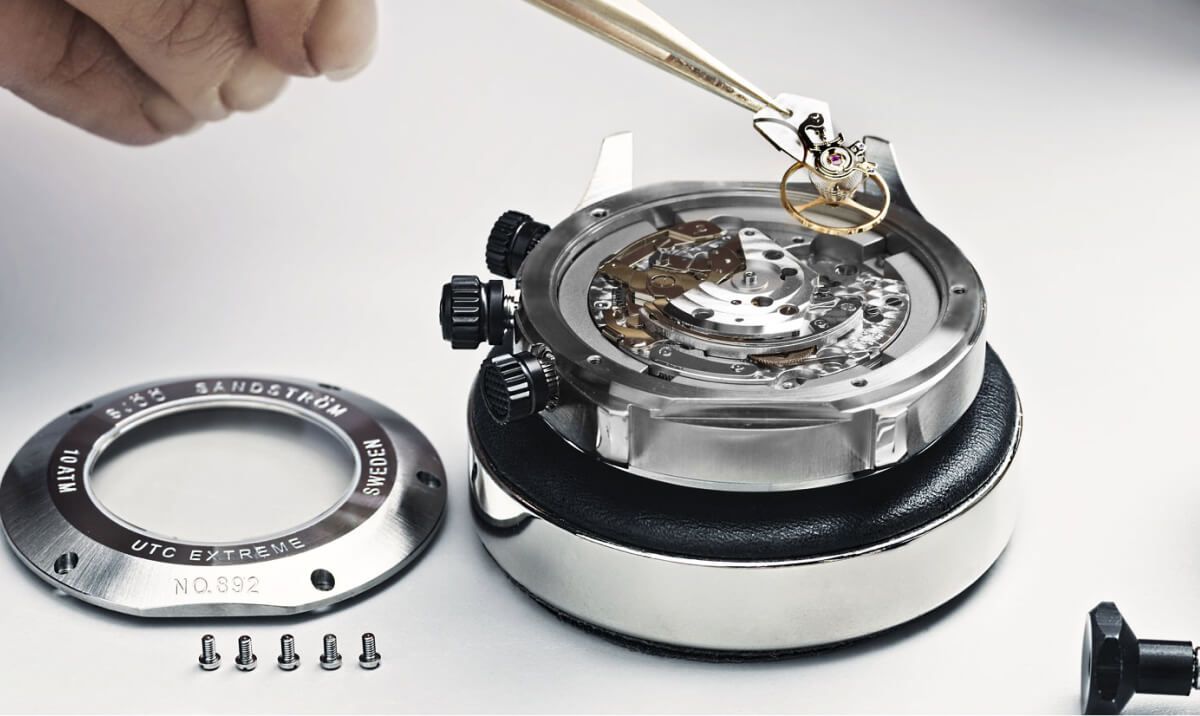
Inspection
Using a magnifying glass under specifically designed lights, the dial and the glass are scrupulously checked for any traces of dust. A single grain of dust anywhere within this delicate composition could be detrimental to the watch’s accuracy and jeopardize its accurate functioning.
The functionality of the pushers and the crown is also tested to ensure that form, function and feeling are perfect. And to ensure that all types of leakage are identified, the watch undergoes vacuum and pressure tests in a machine specifically designed for water-resistant watches.
Before our watches are tested for precision timekeeping, they are set to the exact second using a radio clock. Mechanical watches are tested fully wound, as well as after twenty-four hours runtime. After testing for water resistance, the timepiece is fully rewound and its power reserve closely observed over a period of forty hours.
Customization and service
Depending on model, a leather, rubber, or steel bracelet is mounted to the watch using special tools and individually adjusted links for optimal fit and durability.
The new timepiece is subjected to a visual control, a thorough polishing, and a final control of all functions before it is packaged. The functionality tests include visual analysis of the hands, date window, pushers, crown, and hand-setting lever. The watch is set to the correct time and polished one final time before leaving the workshop.
